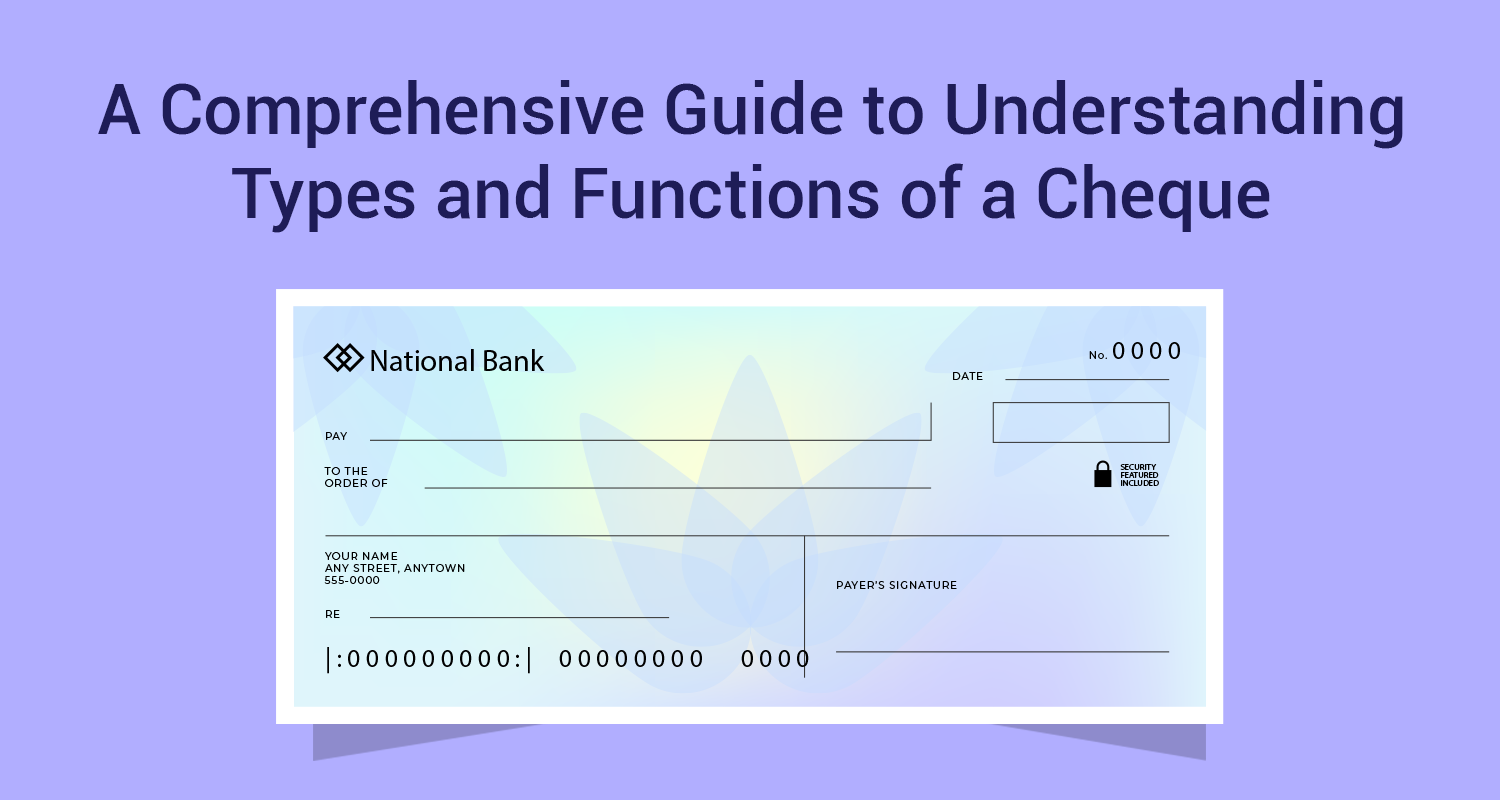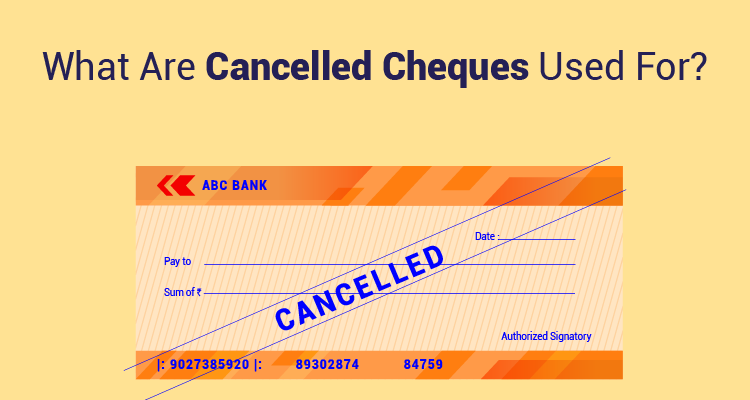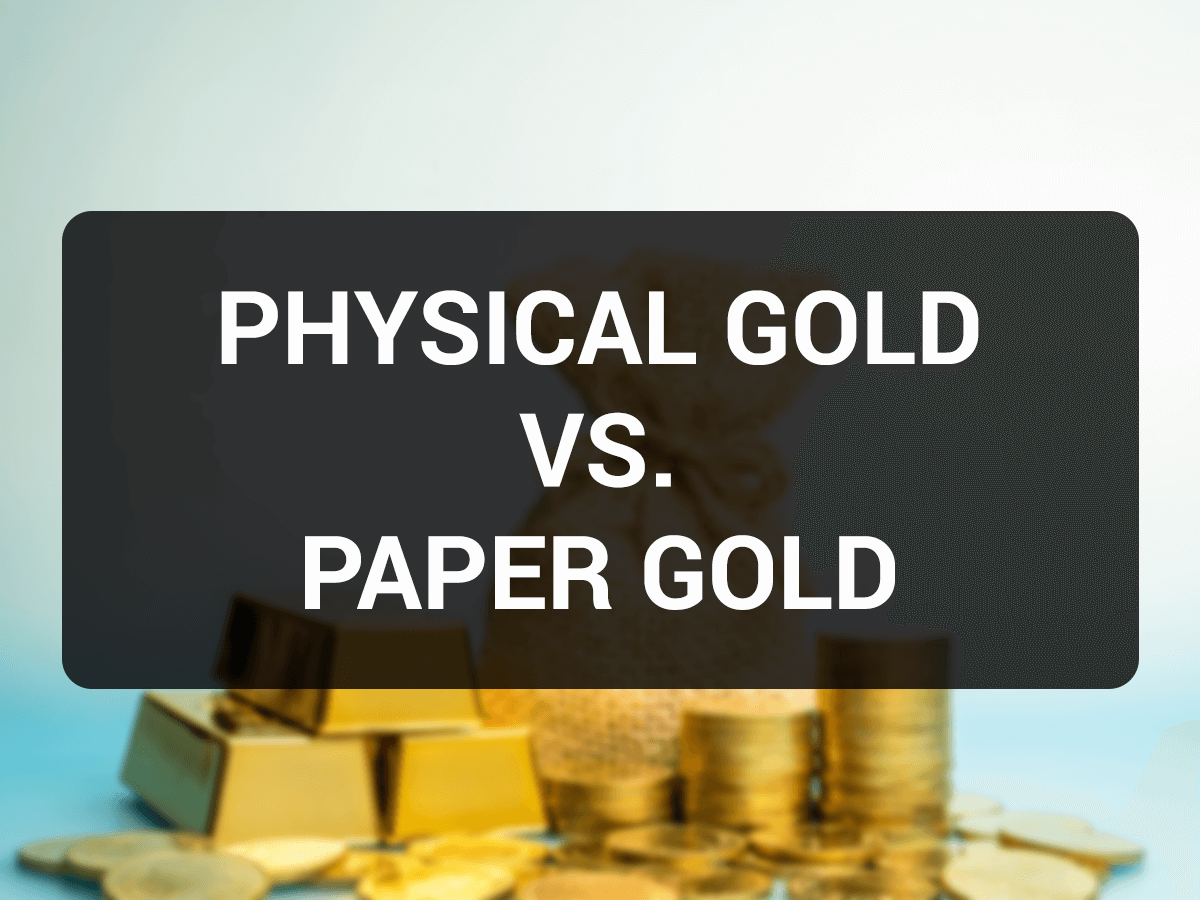What is the best mutual fund for long term benefit?

Over the last few years, equity funds have proved to be the best long term wealth creators. But then equity funds, by themselves, are a very vast and heterogeneous category. There are a lot many sub-categories within the equity fund space and the investor needs to take a call on these aspects. Let us look at 5 major sub-categories of funds and examine which will fit into long term investing the best. Remember, long term investing is not just about returns but also about risk, liquidity and tax efficiency.

1. Sectoral / Thematic Funds for long term investing
This is a special category of equity funds. Here the fund focuses on investing in a specific industry group or a particular theme. For example, IT Fund, Pharma Fund, Media Fund, FMCG Fund are all instances of sector funds. They represent a particular industry group. On the other hand, themes refer to broader stories like Infrastructure, Commodities, Consumption, rate sensitives etc. These themes can encompass multiple industries. As an investment proposition, these funds do very well when the particular sector or theme is in an up cycle. But owning a commodity when commodities are going through a down cycle is not a good idea at all. If the commodities are going through a down cycle closer to your goalposts then it is not a very comforting feeling. Same applies to sectoral funds also. One can look at these sector and thematic funds as an opportunity fund at the lower part of the cycle but it cannot be a core portion of your long term portfolio.
2. Mid-cap and small-cap funds
Mid cap funds have outperformed the large cap funds over the last 3-4 years. But these mid-cap funds have also underperformed the large caps by a big margin since January 2018. Let us leave aside the short term returns for the time being but mid caps are really sought after for their focused business models and the higher returns that they generate due to their fleet footedness. Many of these mid caps gradually transform into large caps over time and that is where the returns kick in. But there is a downside to it. Mid cap companies are focused on just one business line and a handful of customers. That makes them very vulnerable, both operationally and financially. It may be too much of a risk to rely entirely on mid cap funds and they can at best constitute a portion of the overall allocation.
3. Balanced fund and hybrids
Balanced funds try to give you the best of equity and debt. They try to mix the aggression of equity with the stability of debt. For example, a typical balanced equity fund would have a minimum of 65% in equities and the balance in debt. The 65% cut off is essential to continue to be classified as an equity fund for tax purposes. Balanced funds have the benefit of being more stable compared to pure equity funds, but there are 3 arguments against these hybrid funds. Firstly, by putting 30-35% in debt, you are forsaking a lot in terms of long term wealth creation. That can bring down the yields by about 200 basis points and that makes a big difference to the final wealth. Secondly, there is an element of fund manager discretion in the quantum of allocation to debt and equity and that is not really a good idea. Lastly, from a financial planning point of view, it is always better to keep equity and debt separate and combine them on your own rather than depend on a fund manager.
4. ELSS Tax saving funds
These are nothing but equity funds with a tax saving under Section 80C of the Income Tax Act thrown in. The only difference is that they have a 3-year lock in requirement. So if you have not exhausted your Section 80C limit then you can look at this option for the extra yield that these ELSS funds can provide, but if your limit is already used up (which is normally the case) then there is no point in opting for an ELSS. When you are going to get the same yield, why lock in your funds for 3 years?
5. Equity Diversified Funds
These are the bread-and-butter of equity fund investing and they can really generate wealth over the long run with properly managed risk. You get the best of asset class diversification combined with the outperformance of equities. As a long term investor, these diversified equity funds should be your biggest allocation. Others like sector funds and mid-cap funds can be seen as opportunity funds. Equity funds should be your core portfolio component.
Disclaimer : The information in this blog is for general purposes only and may change without notice. It does not constitute legal, tax, or financial advice. Readers should seek professional guidance and make decisions at their own discretion. IIFL Finance is not liable for any reliance on this content. Read more



